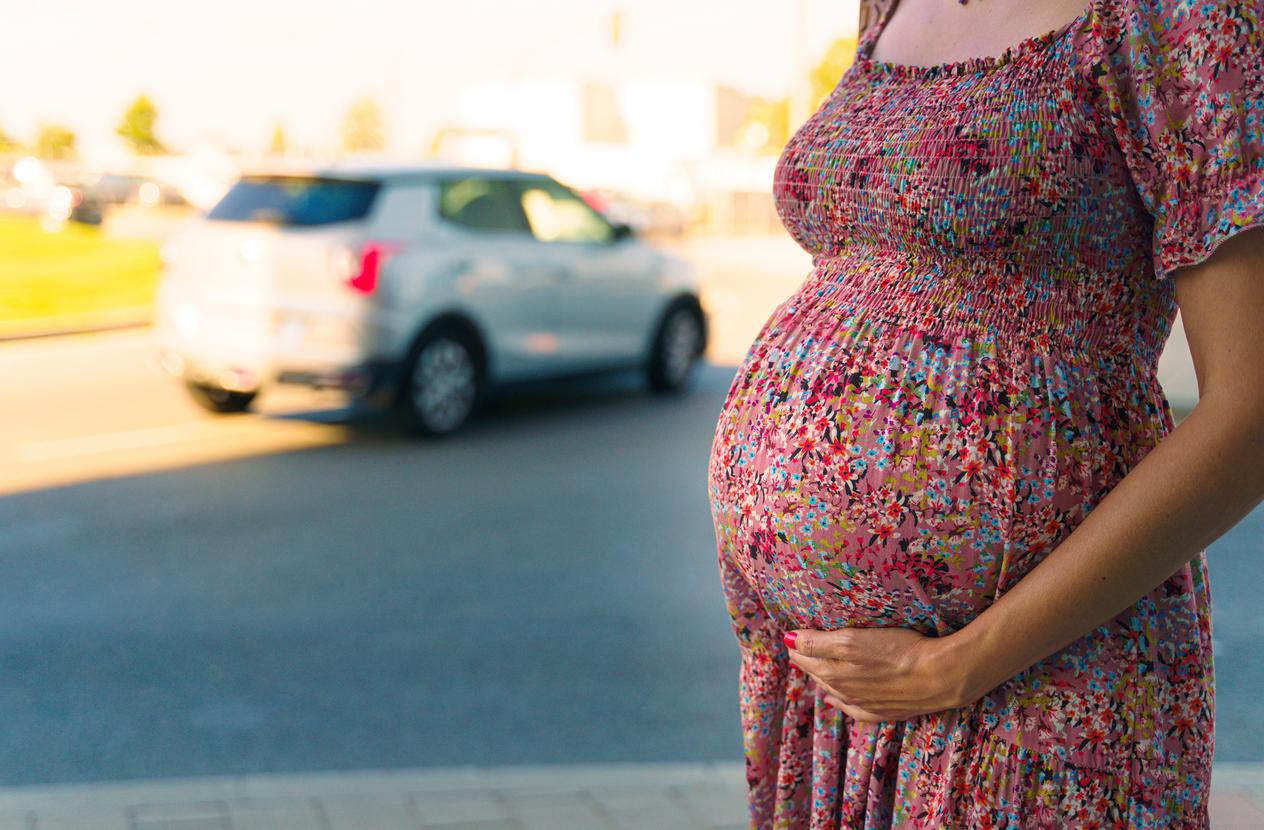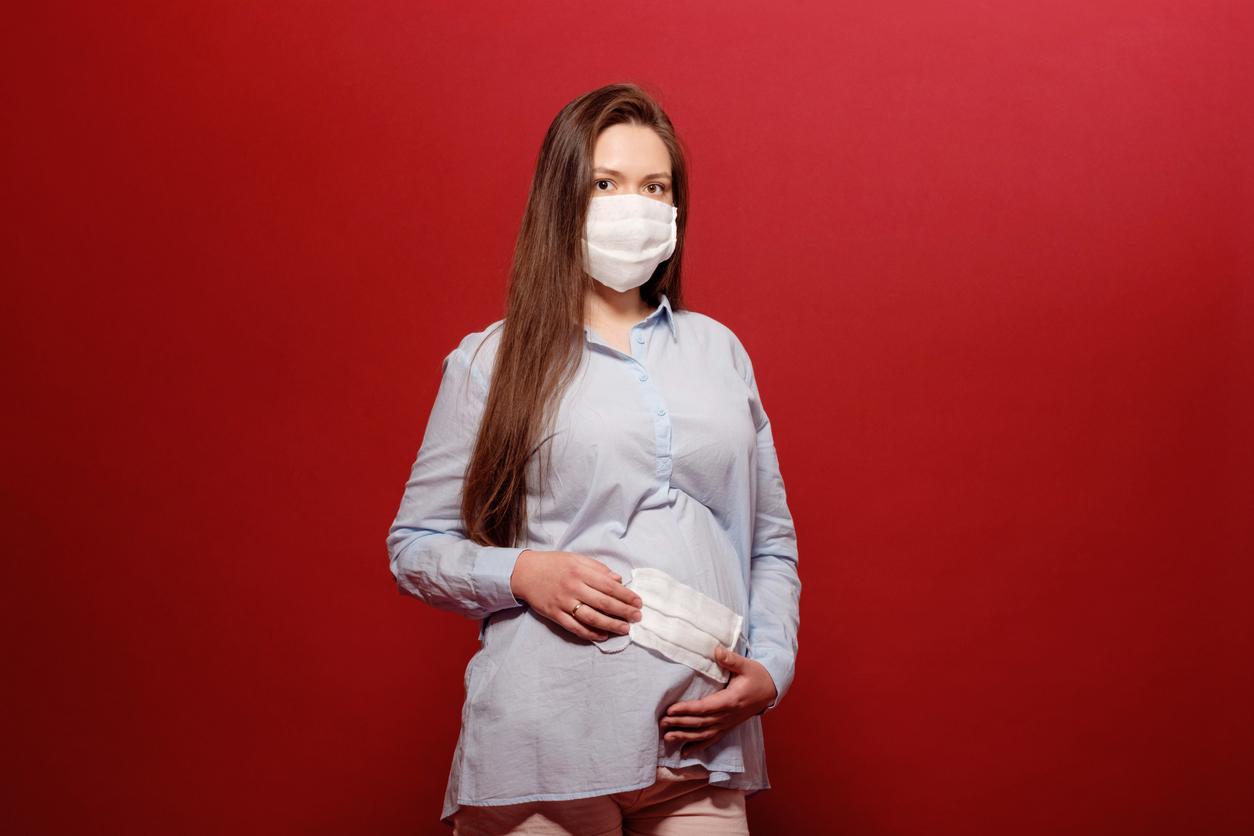The follow-up of French patients who have had a lung transplant shows that they could be particularly vulnerable to the main air pollutants.
-1487938459.jpg)
Nitrogen dioxide (NO2) and particles that pollute the air are known to affect the respiratory functions of children and adults. But Inserm researchers wanted to know more about the impact of this phenomenon on people who have had a lung transplant.
This team (1) started from the following premise: the recovery of normal respiratory function after the transplant is progressive. For many months, these subjects are vulnerable and at risk of transplant rejection. To get a true picture of the daily exposure of these French people, the scientists therefore analyzed the lung function of transplanted people as a function of the average air pollution in their place of residence.
520 transplant patients studied
Concretely, the researcher, Meriem Benmerad, who led the work, compiled the data of 520 transplant patients, i.e. a large part of the French patients who received a lung transplant between 2009 and 2013, grouped within the French cohort. COLT (Cohort in Lung Transplantation).
These patients underwent an assessment of their respiratory function every 6 months. For each of them, the team calculated the average concentration of air pollutants over the 12 months preceding each of these tests. “We could thus assess the association between measurements of respiratory function and the level of pollution”, explains the researcher in a press release.
Twelve-month results
Two parameters were studied in this context: on the one hand, the FEV1 which corresponds to the maximum air that a patient can exhale in 1 second, and which can be the reflection of an obstruction of the bronchi. On the other hand, FVC or forced vital capacity, which is the total volume that patients can exhale during a forced exhalation. At the same time, two atmospheric pollutants were analyzed: NO2 and particles, fine (<2.5 known as PM2.5) or not (
Thus, each time the concentration of PM10 increased by 5µg / m³, the value of the FVC, expressed as a percentage of the value normally expected for a person of the same sex, of the same age and of the same height, was lowered by 2, 56%.
To understand these figures, it should be remembered that the air quality objective for PM10 is 30 µg / m3 as an annual average and 50 µg / m³ as a daily average, not to be exceeded more than 35 days per year. The FVC is considered abnormal below 80% of the expected value. Regarding NO2, the FVC was lowered by 2.58% for each increase of 10 µg / m³, knowing that the air quality objective is 40 µg / m3 as an annual average. Conclusion of the researchers, this work confirms the deleterious effect of NO2 and particles on the breath of transplant recipients.
The beneficial effect of macrolides
Another finding of this study was that patients who were treated with macrolides, a family of antibiotics, appeared to be protected from the harmful effects of air pollution on declining respiratory function. Indeed, those who did not receive macrolides had a stronger association between exposure to PM10 and decrease in CFV.
They also had a lower FEV1 value with increased exposure to PM10. Researcher Valérie Siroux, who coordinated this part of the work, warns, however: “Our study was observational, and not interventional. This does not allow the conclusion that macrolides are protective against the deleterious effect of atmospheric pollutants. In practice, we see that the subjects treated with macrolides do not have the same clinical profile and the same health prognosis as the others ”. It therefore concludes that to validate this hypothesis, further studies are necessary.
(1) Unit 1209 Inserm / CNRS / Université Grenoble Alpes, “Environmental epidemiology applied to reproduction and respiratory health”, Institut Albert Bonniot, La Tronche.
.














